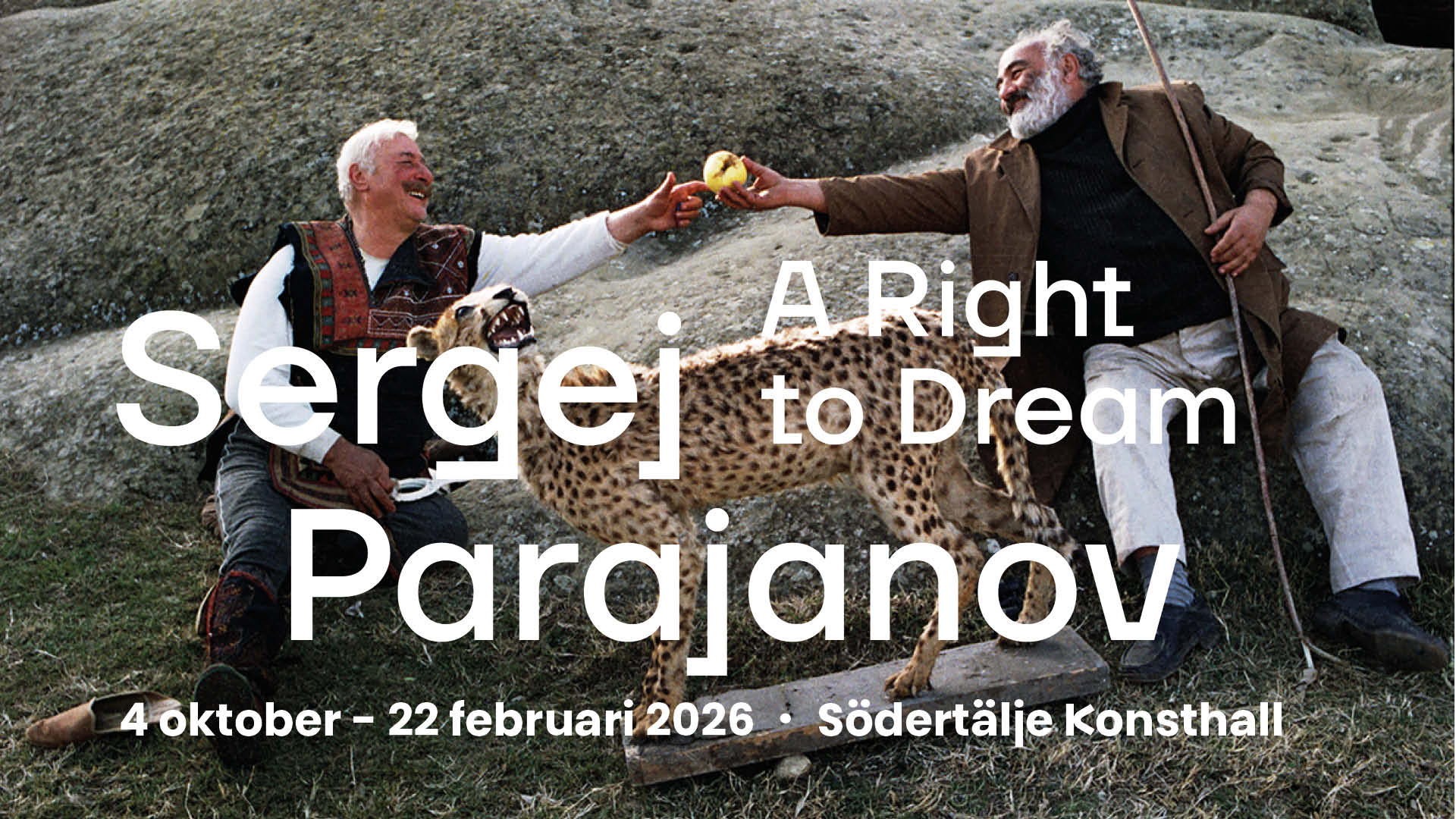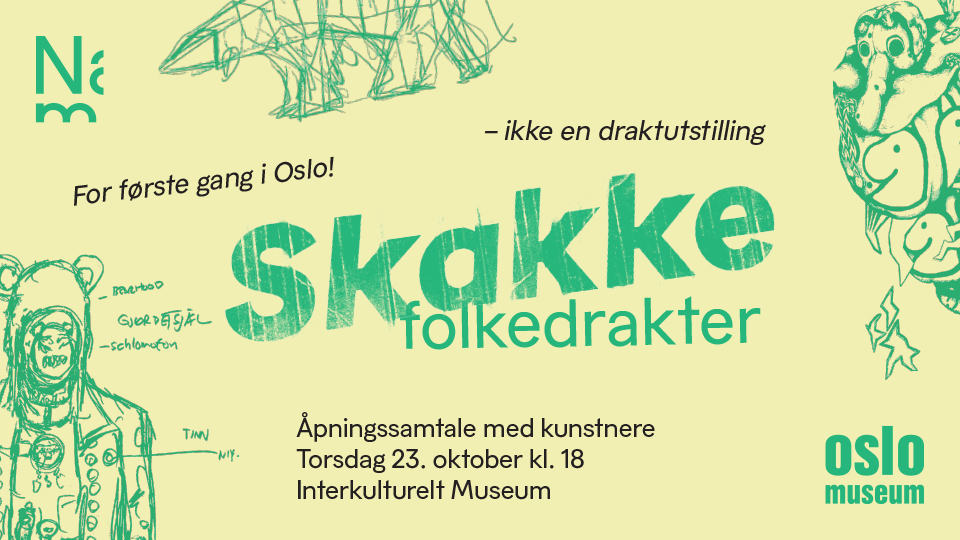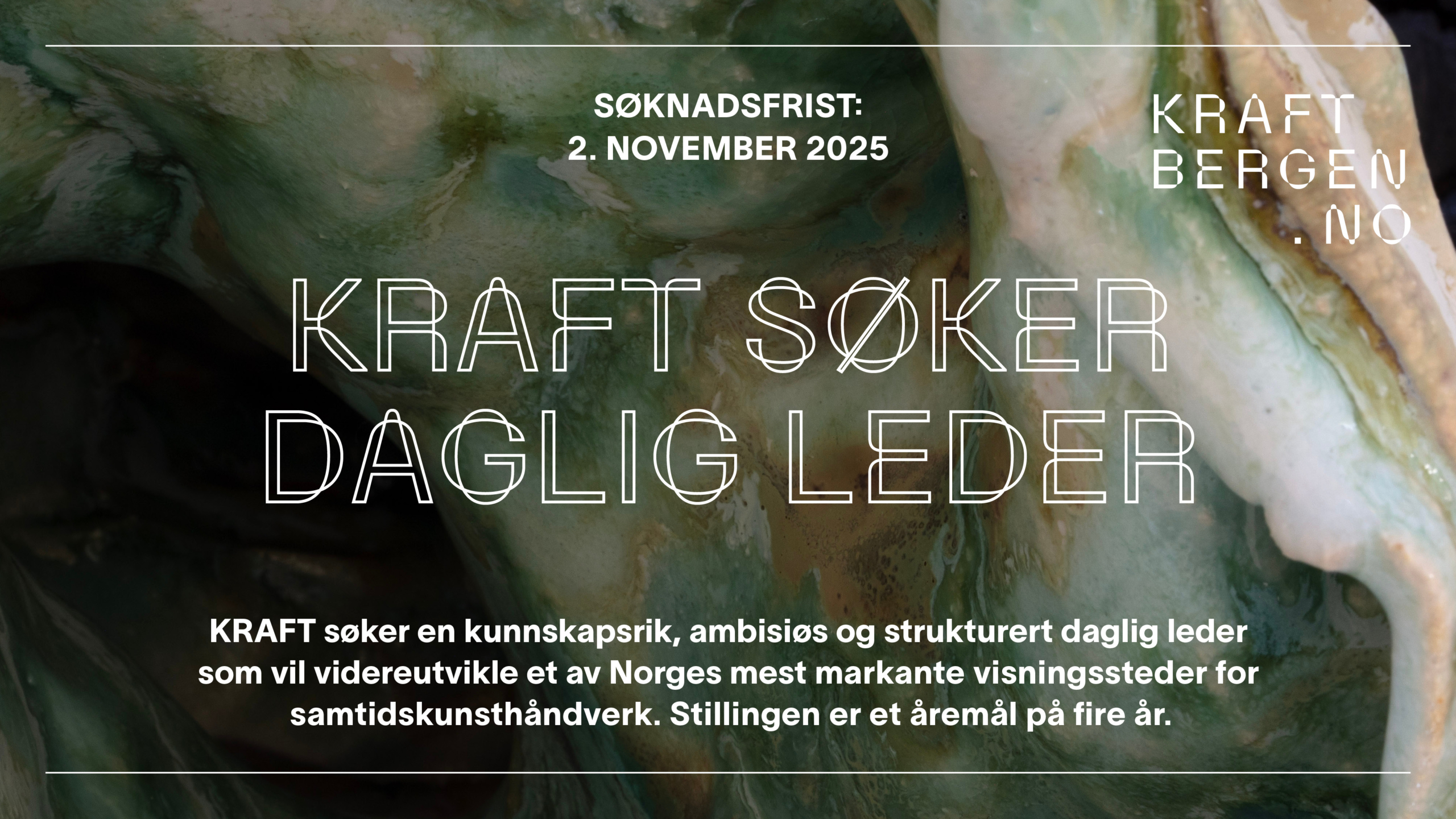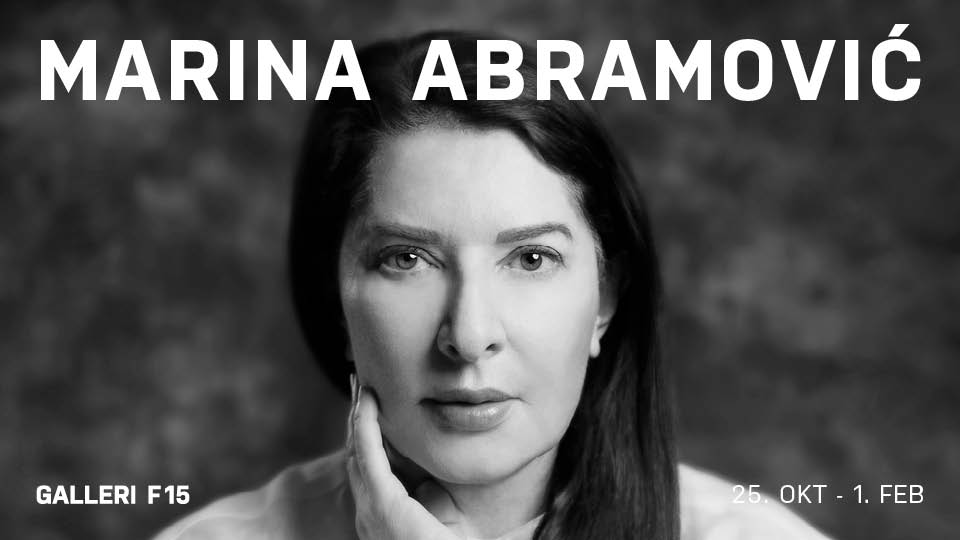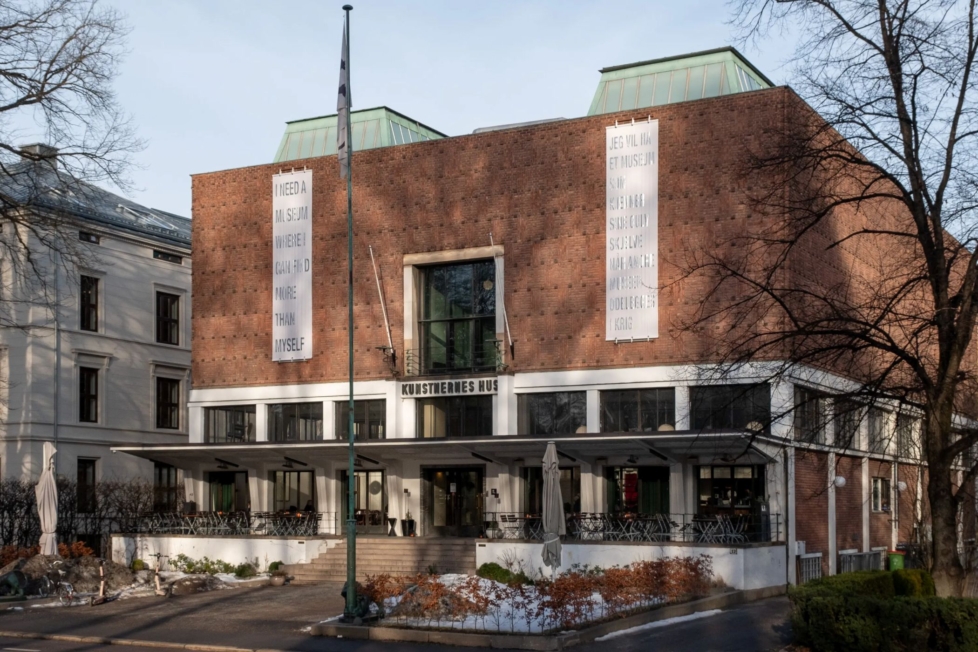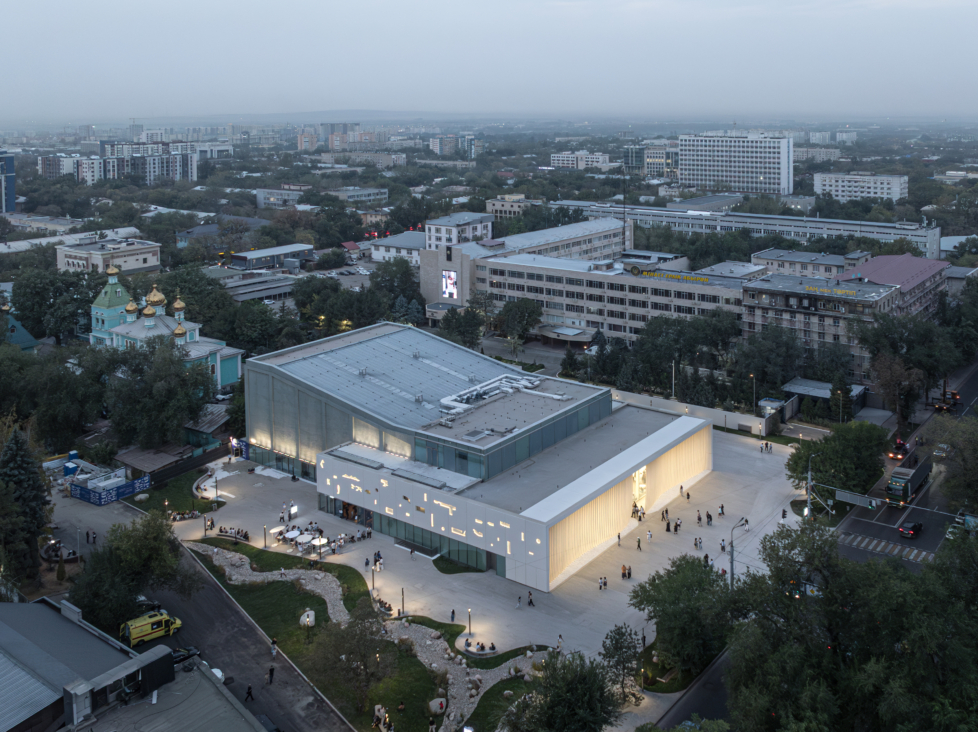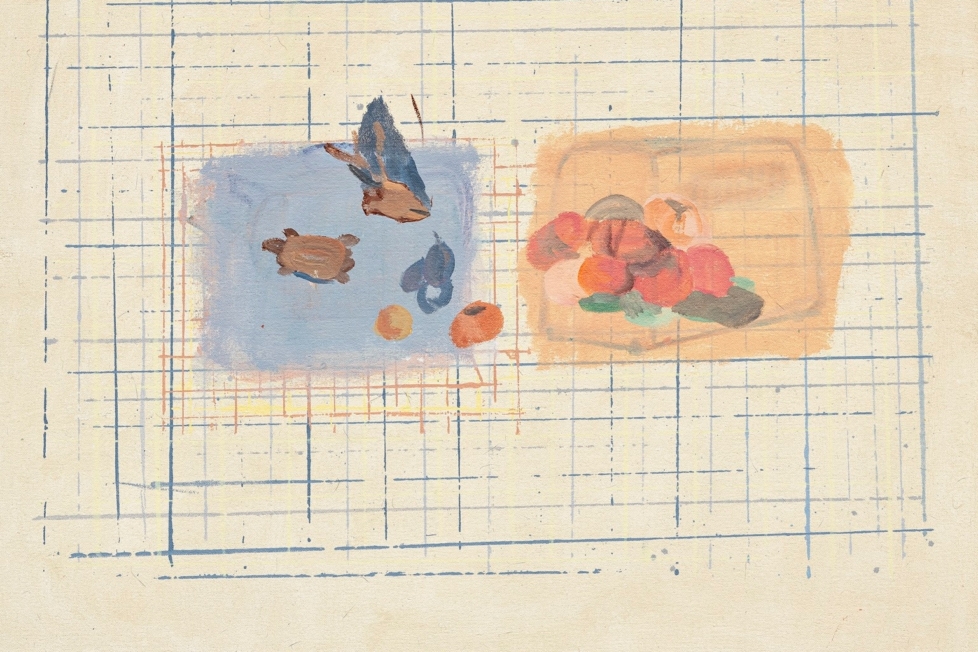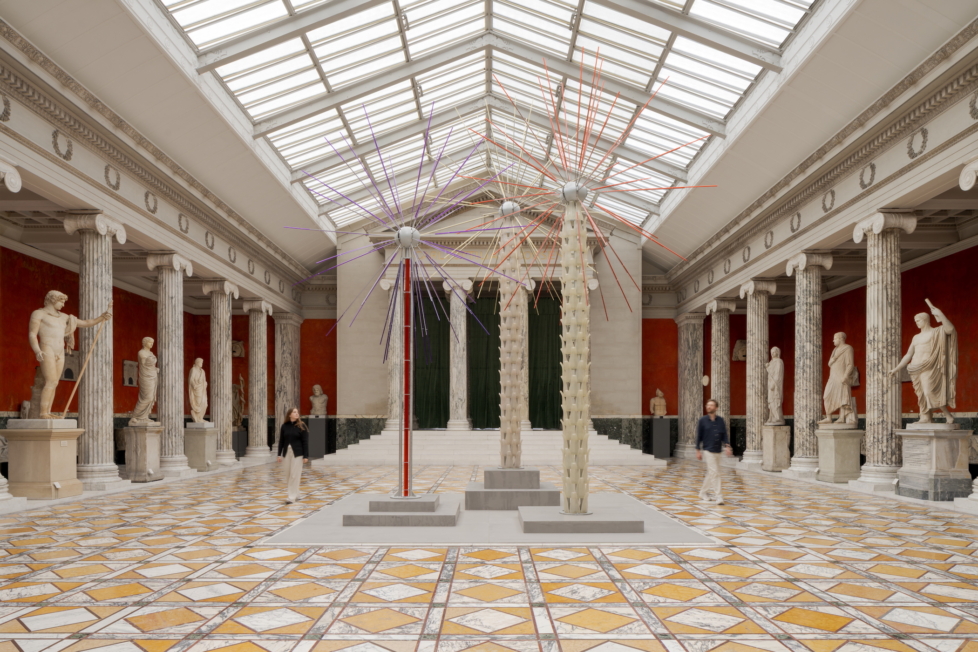
“So, where are we now? How do we approach art as the fifth estate when all our money is fundamentally dirty? Can we unstuck from a reality that is tough without escaping into the past?” Louis Scherfig, visual artist and writer, looked up from his manuscript and out at the audience packed tightly into Simian’s underground exhibition spaces.
We were at the opening of Under – Festival for Art Spaces, and midway through the fourth of five opening speeches designed to clarify what, exactly, we were celebrating. Was it art? The art scene? Or something else entirely?
The five opening speeches aptly reflected – and perhaps acted as a satire on – the festival’s organisation and, more broadly, the structure of the younger, more self-organised scene: here you will find co-creation, community, and complexity, with entangled roles and responsibilities as far as the eye can see. The fact that Under ended up being called an art festival at all was probably due to the fact that all other terms were too loaded with meaning or evoked earlier attempts to create similar events – a kind of principle of elimination, would be my guess.
In its structure, Under perhaps most closely resembles the alternative art fair Alt_Cph, which took place at the Fabrikken for Kunst og Design for several years, but never truly became a fruitful platform, either for the participating self-organised spaces or for the public – with the possible exception of its final instalment, the 2018 performance festival curated by Esben and Anna Weile Kjær. At Under, fourteen Danish and Swedish exhibition spaces (some commercial, others non-profit) have been invited to take part, but there are no booths or stands of the kind you would find at most other fairs.
Instead, Under looks very much like a curated group exhibition. The exhibition spaces suggest that the artists made the final selections whereupon the curators – Nikolaj Stobbe from the gallery Laguna Ouest and freelance curator Fafaya Mogensen – established a connecting thread through the whole thing. What we get, then, is a kind of portrait of the younger part of the art scene, focusing on the self-organised and relatively newly established.
While some of the exhibition venues present projects that are representative of their own DNA, the other half is more concerned with outlining a picture of what it means to be a young exhibition space on the Danish art scene.
Among the first category, we find the Nørrebro-based inter.pblc, which shows five large photographic works by hip German artist Kristina Nagel. Nagel, who has previously collaborated with the brand Balenciaga, is an obvious choice for a space operating in the field where art and fashion intersect, and her works are among the most striking in the exhibition. They are close-ups of crotches clad in leather, simultaneously utterly erotic and strangely self-protective. You can almost feel the stiff material against the skin and hear how it creaks when the wearer sits down.
Similarly, the gallery Matteo Cantarella presents a collaboration between Cecilie Norgaard and Swedish artist Sanna Helena Berger. Berger’s narrow, self-made Ikea shelves are left empty, towering up towards the skylights at Simian, while Norgaard’s painting of stacked chairs speaks to a similar logic of objects poised between accumulation, storage, and functionality. Classic Cantarella.
Occupying an intermediate zone somewhere between the two main strategies, we find Institut Funder Bakke, which has brought a modernist painting by Kai Hardy Führer. He is the father figure of the space in more senses than one: the institute is located in his former studio outside Silkeborg, and its director, Andreas Führer, is his son. The choice of the elder Führer thus points to the DNA of the venue, but perhaps also to its function on today’s art scene. With its remote location, Funder Bakke also acts as a social setting – a kind of refuge you can visit and hang out in, in a way rarely seen at small basement galleries in Copenhagen.

Among the presentations addressing the young art scene and its conditions, strengths, and social settings, the most eye-catching is the bar created by the Danish-Swedish artist and curator group coyote. The bar, which formed the backdrop for the opening party, consists of furniture borrowed from countless Copenhagen watering holes, and behind the bar you will find artists who have or have had side jobs as bartenders. A functional social setting where you can even be served Mia Edelgart or Amitai Romm’s favourite drink, it is quite obviously the most successful piece in the exhibition. Relational aesthetics, it seems, is a trend that refuses to die.
Kevin Malcolm, who runs Vermilion Sands, exhibits a series of photographs he himself took on holidays during his teenage years. The photographs were stored in a basement that flooded during a cloudburst – a situation familiar to many precarious workers on the art scene. Here, they have been mounted on the backs of plastic lids from transport crates and sealed with resin, keeping them protected while also making them easy to move on to the next studio once gentrification hits again. They also serve as a cheeky little nod to all the damp basement venues in which new voices are forever establishing themselves, including Simian’s own.
Several panel discussions are scheduled throughout the festival run, and the first focuses specifically on the strengths and challenges of the self-organised scene. During the opening, Jennifee-See Alternate from Copenhagen, f.eks. from Aalborg, and skēnē from Malmö spoke with moderator Stine Hebert from the Center for Practice-based Art Studies about the potentials and difficulties of running non-profit spaces today – a highly relatable conversation that addressed all-too-familiar subjects.
The talk touched on classics such as burnout and precarious financial circumstances, but thankfully also covered issues such as the sense of community, independence, and the freedom to exhibit what you find most exciting of all. A relevant question posed from the audience about whether you can really claim to stand apart from prevailing norms and systems when you are totally dependent on funding from private and public foundations, prompted interesting reflections on how you might work independently from within the system.
As a generational portrait, Under is a curious beast. Like Simian, the festival is self-organised, yet displays the level of ambition of a medium-sized institution – professionally run and organised, streamlined and cool. It prioritises community, co-creation, and gives space to voices beyond its own, yet at the same time it appears incredibly self-aware. It clearly knows its own worth and position on the scene and even has the confidence to joke about its precarity. This is a generation that has its shit together.
At the same time, there are perhaps traces of a slightly overdeveloped self-control amidst all the professionalism. Everything works: Sara Sjölin’s Swedish flute concert strikes the perfect balance between staged awkwardness and humorous release, and the overall exhibition comes across with clarity and poise. Behind the scenes, people exchanged lessons learnt and built their networks; even the social space is curated. I couldn’t help but think that a touch more chaos, a dollop more of wild abandon might do some good for a generation whose immense ambition perhaps occasionally makes them forget that it’s also about having fun, as Karin Bähler Lavér from skēnē pointed out in the panel discussion.
Talking of skēnē, this was the venue that brought a work I keep returning to: an empty stage, painted red and placed in the rearmost exhibition room, which will be activated later in the week with a performance-lecture by artist Stacey de Voe. The stage refers to a phenomenon seen in 1920s and 30s Sweden where young people, especially in rural areas, would create their own improvised dance venues in the open air – places that were eventually banned by the national authorities on moral grounds. In her work, de Voe draws parallels to similar phenomena, such as the dancing mania in Strasbourg in 1518, where hundreds of townspeople danced manically for days before collapsing from exhaustion.
Perhaps we need more exhibition spaces of that kind, venues that arise spontaneously out of a need for expression and release? Where prohibition is a genuine risk and where something new is at stake, something other than the art world’s at times insular logics and hierarchies?
This is just a thought, really, and perhaps it’s too much to ask. Each new generation on the art scene must learn its own lessons, respond to its conditions, constraints, and possibilities – and each generation shifts the scene slightly in a new direction. With Under, the young scene offers us a truly fascinating glimpse into their world, a hugely attractive exhibition, and maybe most importantly, a social space for community and exchange that has been sorely lacking. The kids are alright.

